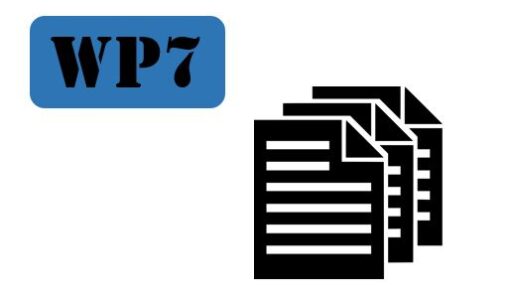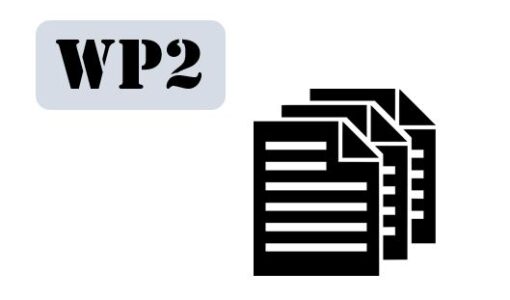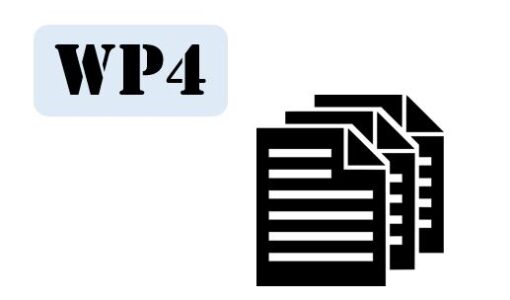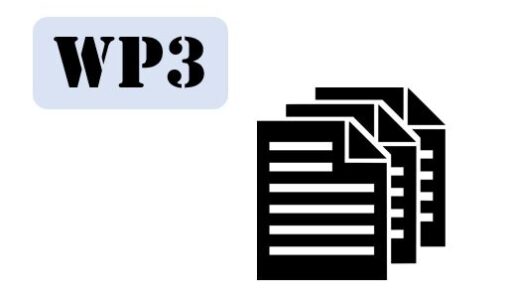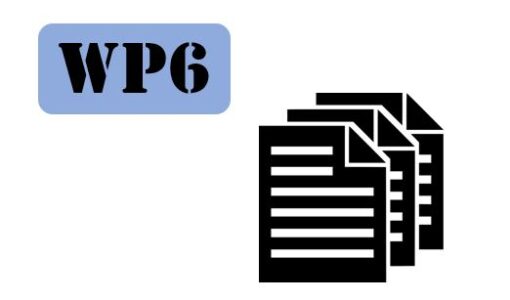Deliverable 7.3: CrowdBot Challenge
- Project manager
- May 06, 2020
This deliverable introduces the CrowdBot Challenge and presents its level of advancement before launching the first round. This document first presents the objective of the challenge, which is, in brief, to allow teams working in the field of crowd robot navigation to evaluate their navigation techniques and to compare their methods for moving robots in

